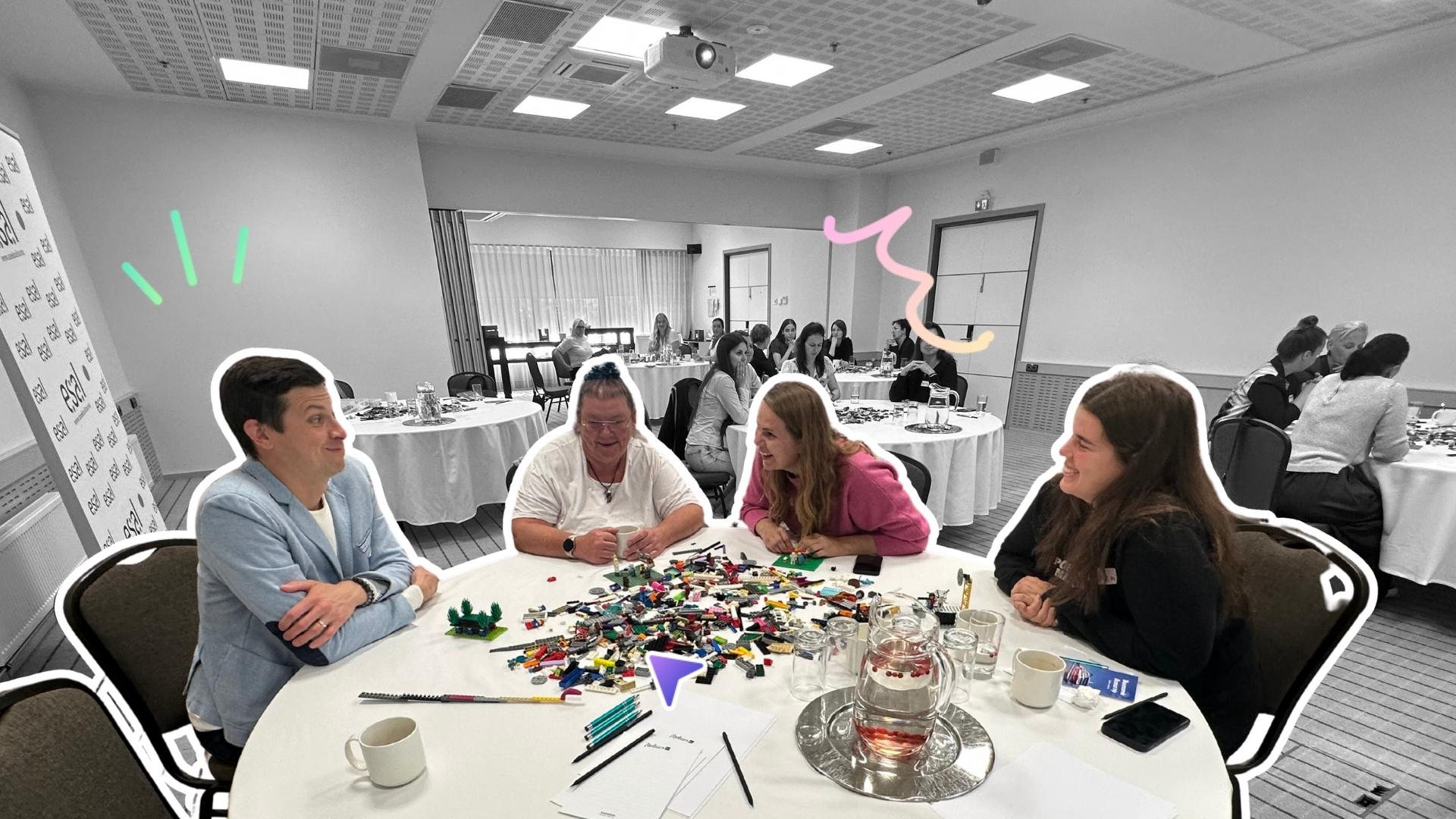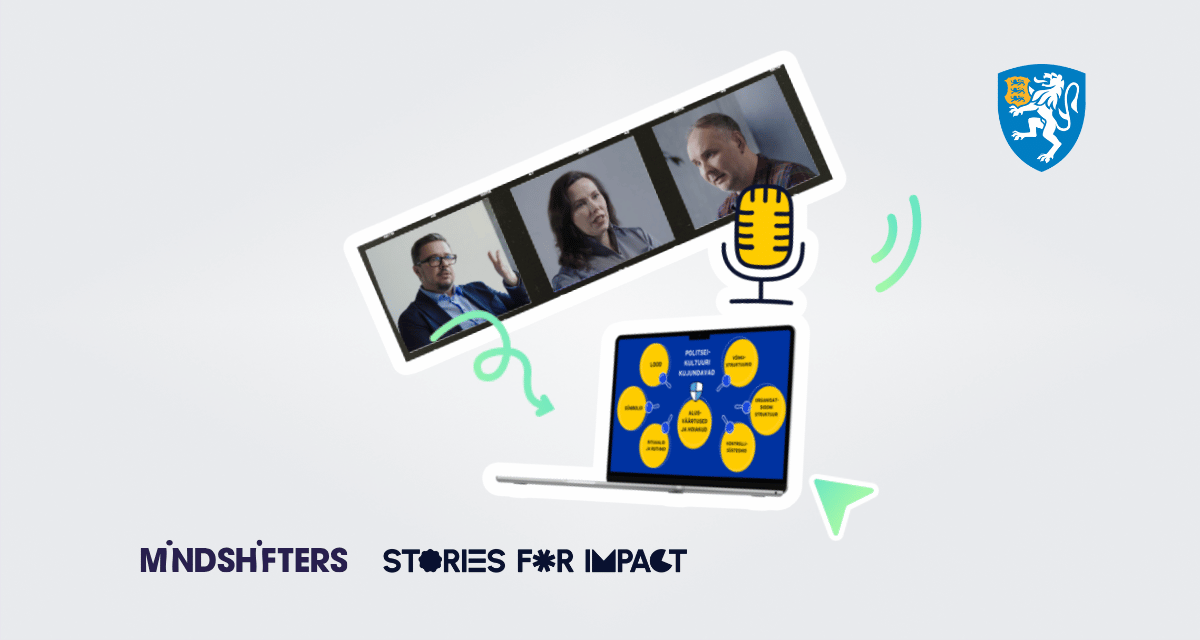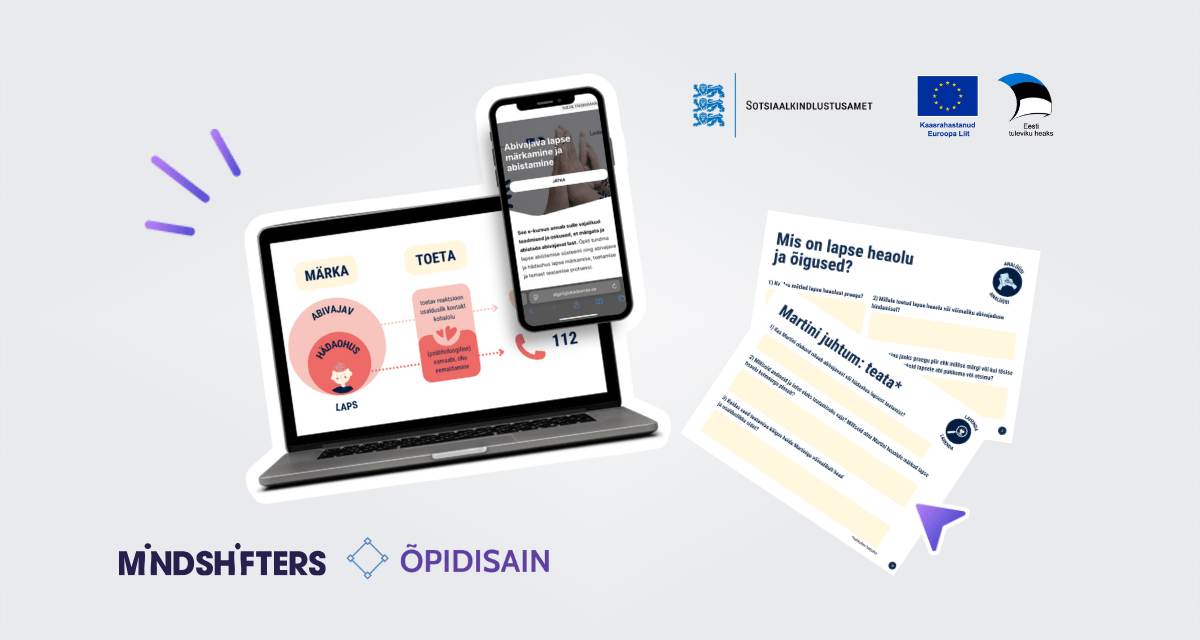What is the role of a trainer in 2030?
Explore how the role of the trainer is evolving – human presence, creativity, and mindfulness help create a truly meaningful and lasting learning experience.
The Estonian Association for the Development of Internal Training (ESAL) began its 15th season with a question that concerns every trainer and HR professional:
How can trainers remain meaningful and impactful in a world where change is faster than ever before?
To answer this, we used the LEGO® SERIOUS PLAY® method. This was not just about getting to know a cool new tool but about giving shape to ideas and building a shared vision.
The result was not simply a vision titled “the future of the trainer” but rather a mosaic of meanings that described the development of internal training from multiple perspectives at once.
What happened in the workshop?
Already during the first builds it became clear: participants entered the room with openness and readiness. Building was not superficial but quickly brought out both personal meanings and systemic insights. It was not just about creating a vision but about a sincere effort to take responsibility for the meaning of learning in the future.
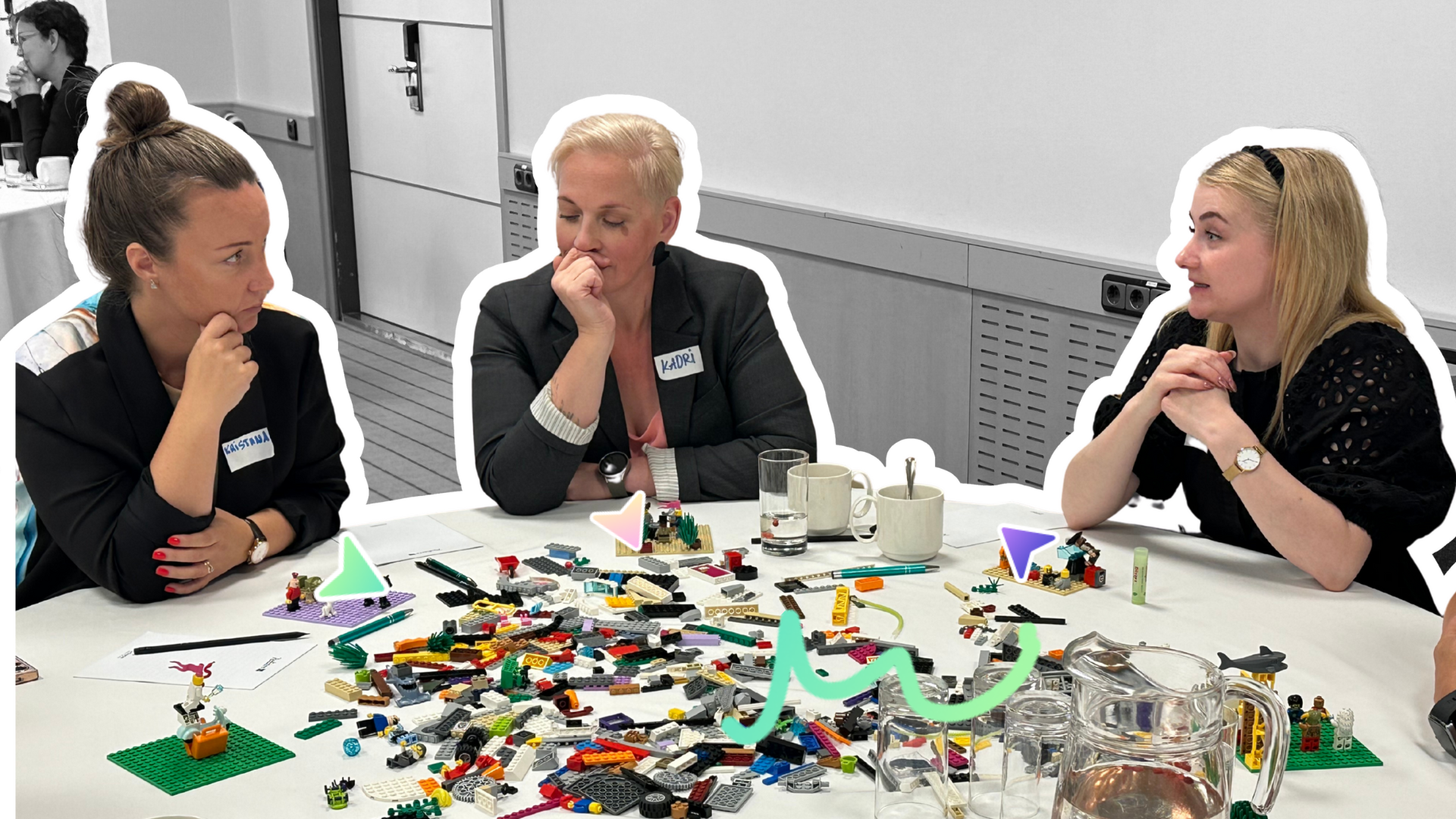
By the end of the workshop, we had five collective models in front of us. They revealed a future that did not only speak of buzzwords like “AI” or “digital learning” but rather of:
- the trainer’s inner development,
- growing influence and responsibility,
- the need to create human-friendly learning in a world changing faster than ever before.
The models highlighted images reflecting the trainer’s role as a supporting force in the system – for example, as pillars or a connecting network on which learning relies. These showed that trainers relate to their work not just as transmitters of content, but as designers of conscious learning experiences.
The trainer’s role: less visible, more impactful
The trainer of the future may no longer stand in front of the class. They may not even speak. But they create an environment where real learning happens.
If in the past the question was “Who delivered the training?”, in the future it will be:
“Who created the space where learning took place?”

The future trainer is…
- A creator of meaning – someone who interprets changes and connects them to working life.
In several models, the trainer was depicted as a carrier of knowledge and experience – a person who doesn’t just throw out information but interprets it, connects it to the participants’ context, and makes the complex understandable.
- A guide for development – someone who supports the person as a whole, not only in acquiring a single skill.
The models emphasized that responsibility for learning remains with the learner. The trainer’s role is not to lead or control, but to create an environment where the learner can move independently – but not be left alone.
- A connector of environments – weaving learning into physical, digital, and social spaces.
In several models, trainers and learners were placed in different spaces – sometimes connected through screens or AI, sometimes even through nature. This reflects the idea that learning no longer happens only in classrooms but intertwines across multiple environments.
This direction is also supported by international practices in internal training: the trainer’s role is shifting more and more from being merely a transmitter of knowledge to being a culture shaper and architect of learning (Voxy, 2025).
Technology + human presence = amplified impact
The collective models clearly highlighted skills not only tied to mastering new technologies but also to deep human presence:
- emotional intelligence and the ability to hold space,
- flexibility and situational awareness,
- creativity that builds connection,
- design thinking and the ability to create structure.
The models brought forth these qualities through metaphors: “soft values” and “inner fire,” stepping through a portal that requires self- and other-awareness, or using an AI assistant in a way that puts the human at the center rather than pushing them aside.
These are the very skills global development trends call “power skills” – the ones that bring value to the future of work (SkillsWave, 2025; LinkedIn Learning, 2024).
AI, micro-content, and platforms will not take trainers’ jobs away – they will create new ways to shape learning and support people. If a trainer has the will and ability to understand the learner, technology will not replace them – it will amplify their impact, helping bring good learning to more people, in more environments.
A culture shaper, not a training order fulfiller
The faster organizations change, the clearer it becomes: trainers are no longer just “providers of training services.” They are carriers and shapers of learning culture.
Trends show that learning is moving away from long classroom days and more and more into the daily workflow. Learning is no longer something that happens only on a separate training day in a booked room, but has become part of everyday experience (Voxy, 2025, Forbes, 2024)
This does not necessarily mean that trainers will have to do more, but that they will need to work more purposefully. Learning culture does not emerge automatically. Someone has to take responsibility for it. And maybe that someone is you.
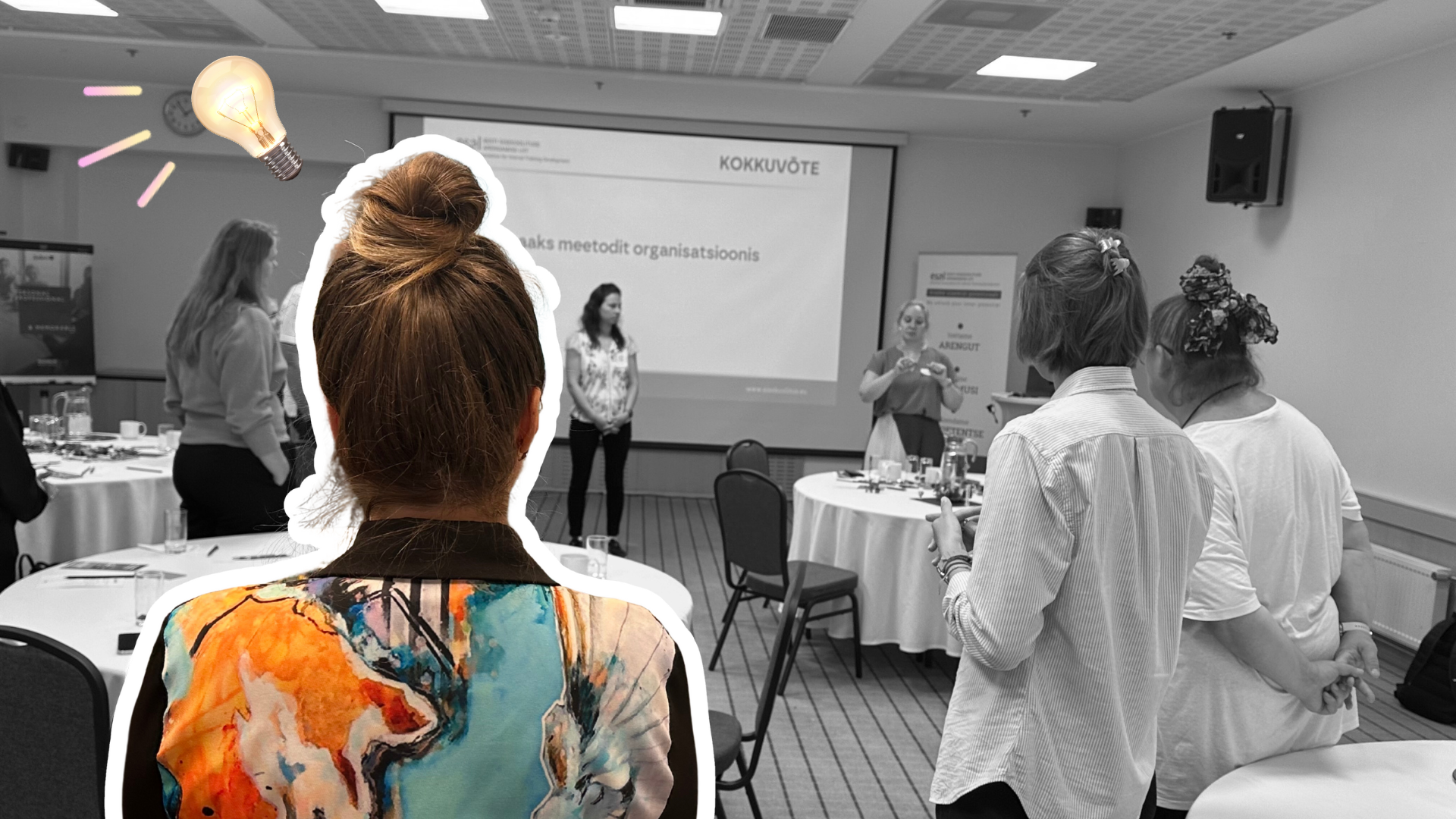
The participants’ models reflected the same thinking. For example, one built a multi-layered system where the trainer acted as glue, connecting different learning opportunities in the organization into a meaningful whole. In another, learning was depicted as a system that collapses without a trainer or supporting structure – showing how important it is that learning connects with daily work life.
These images suggest that internal trainers increasingly see learning as a continuous and context-sensitive process, rather than a formal stopover.
_____
Three questions for trainers who want to remain relevant in the future
✔ What am I truly responsible for today? And what would I like to be responsible for?
Am I supporting skill acquisition? A mindset shift? A cultural change?
✔ Do I support only the acquisition of a skill or also the context where that skill is actually applied?
How do I create a space where participants feel safe to think and experiment?
✔ What skills, attitudes, or habits should I develop today to be indispensable tomorrow?
What is already within me? And what deserves renewed, deeper attention?
What stayed with us from the workshop?
The future of trainers does not depend on technology but on humanity, meaning, and awareness.
We do not need perfect trainers, but those who:
- know how to be present,
- create space for learning,
- design meaningful experiences,
- grow together with others.
This was also felt in the workshop, where the models participants created – from the “diamond polisher” to the “knowledge mediator through space” – showed that the trainer’s meaning does not come from their role but from their presence.
The most striking moment for me personally was when one model described the trainer through the participants – not the other way around. This also shifted my own sense of role.
Adult educator, internal trainer, and representative of the Estonian Association of Internal Trainers, Katrin Bergmann, was also present at the opening seminar and reflected on the process as follows:
“During the building of the collective model, we noticed how group members with very different backgrounds developed the same vision of what the final result should be. At the same time, every participant had the chance to reflect and make sense of their own role. This playful approach is valuable both for professional and personal development; the LEGO Serious Play method can definitely be successfully used with both large and small groups to make sense of any topic.”
Thank you to all the training professionals who participated in the workshop for your openness, curiosity, and sharing of deep insights!
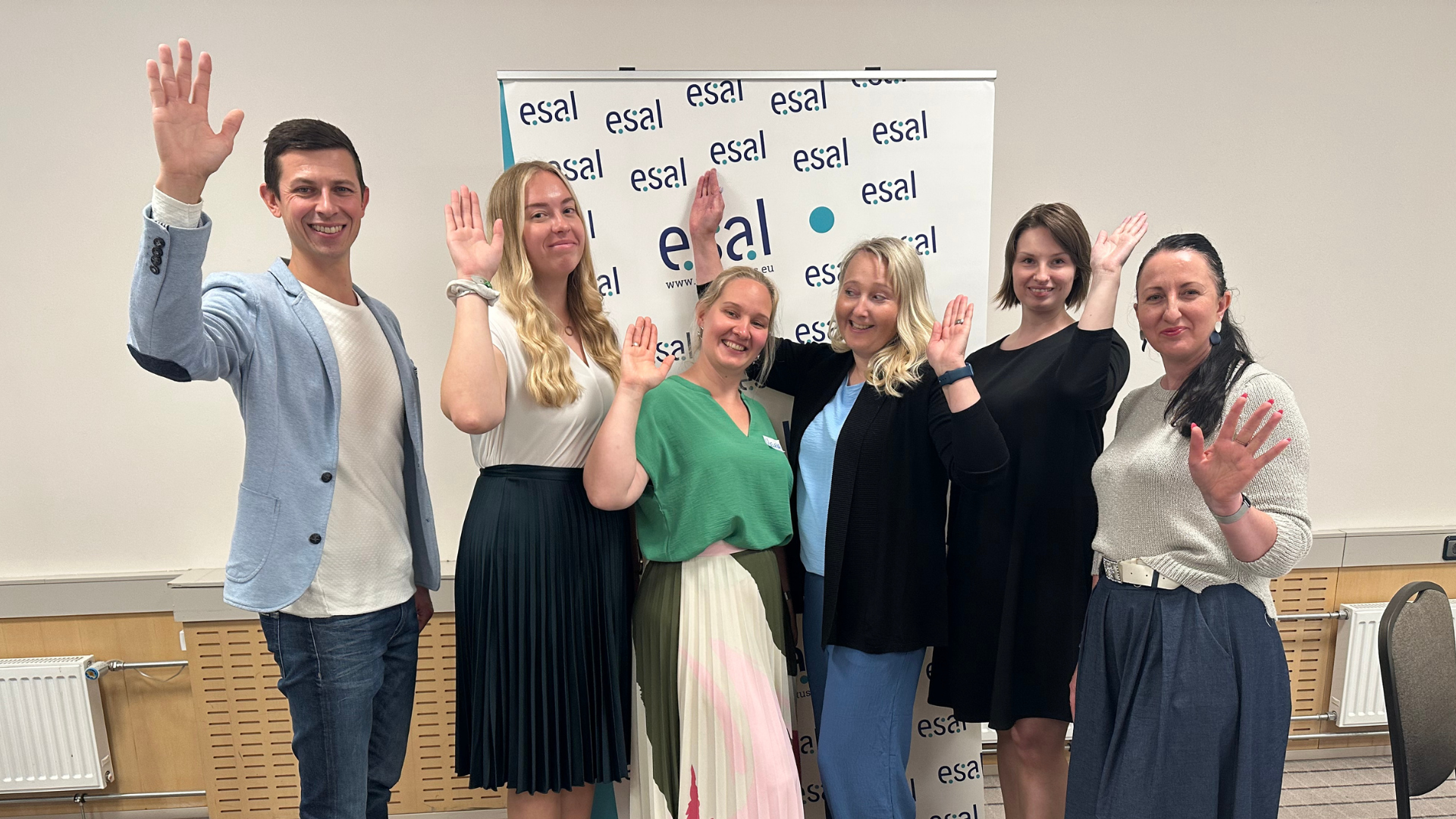
The article is based on a workshop at the Estonian Association of Internal Trainers’ annual opening seminar on August 28, 2025, led by Helena Heidemann (Mindshifters). Method: LEGO® SERIOUS PLAY®.
Want a similar workshop for your team?We are here for you! Write about your idea to helena@mindshifters.ee or share it via the contact form so we can find the right solution for your context together.



